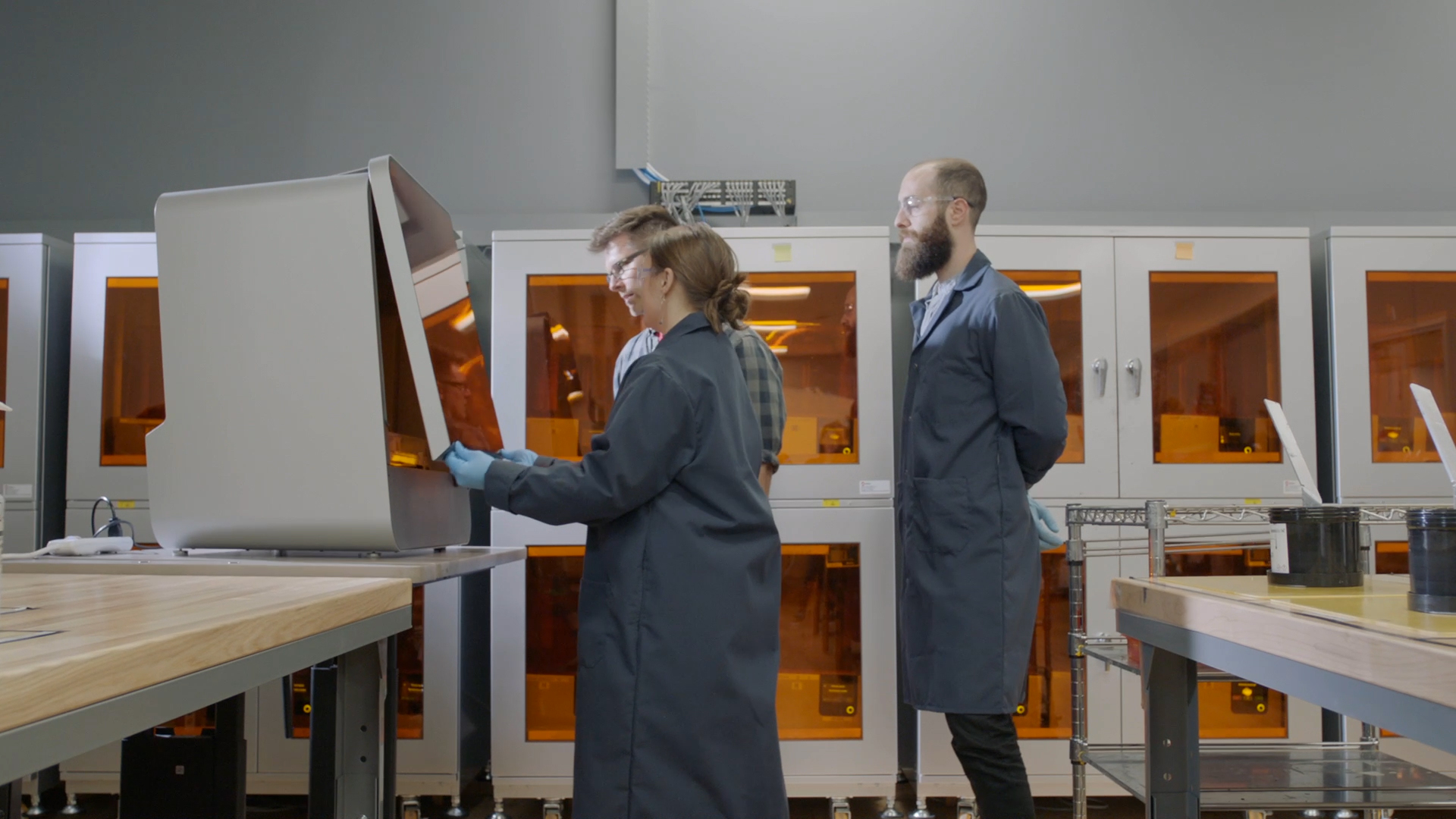Sneakers have been a pretty effective means for helping 3D printing make the transition from prototype to manufacturing. Carbon in particular has found success with its Adidas partnership, printing out Futurecraft 4D shoes in limited quantities and scaling up considerably in the last few years.
Announced back in 2017, the New Balance x Formlabs collab has just yielded two new sneaker styles at considerably less than those Adidas. The shoes don’t really deliver the long promised extreme customization championed by 3D printing advocates, but they do bring some of the technology’s unique properties to a pair of (reasonably) mass market sneakers.

The heart of the collaboration is TripleCell, which is able to make a marginally (10 percent) lighter heel than standard injection molding, along with some solid cushioning support. The heel is printed in lattice structures using Formlabs’ proprietary Rebound Resin, which the company says is ever bit as durable as more traditional thermoplastic.
Here’s Formlabs CPO David Lakatos on the technology,
3D printing is changing how companies approach manufacturing, with this announcement New Balance is pioneering localized manufacturing. By eliminating the dependence on molds and direct printing for both prototyping and production, their team shifts from months to hours in the development and production cycles. We’re moving towards a world where design cycles are closing in on the whim of the consumer and it’s exciting to be on the frontlines of this with New Balance.”
The 990 Sport are available today through New Balance’s site at $185. The Fuel Cell Echo, which uses TripleCell In the forefoot of the sneaker, arrives in September for $175. The 990 are made in the U.S. and the Echos are assembled here.
Comments
Post a Comment